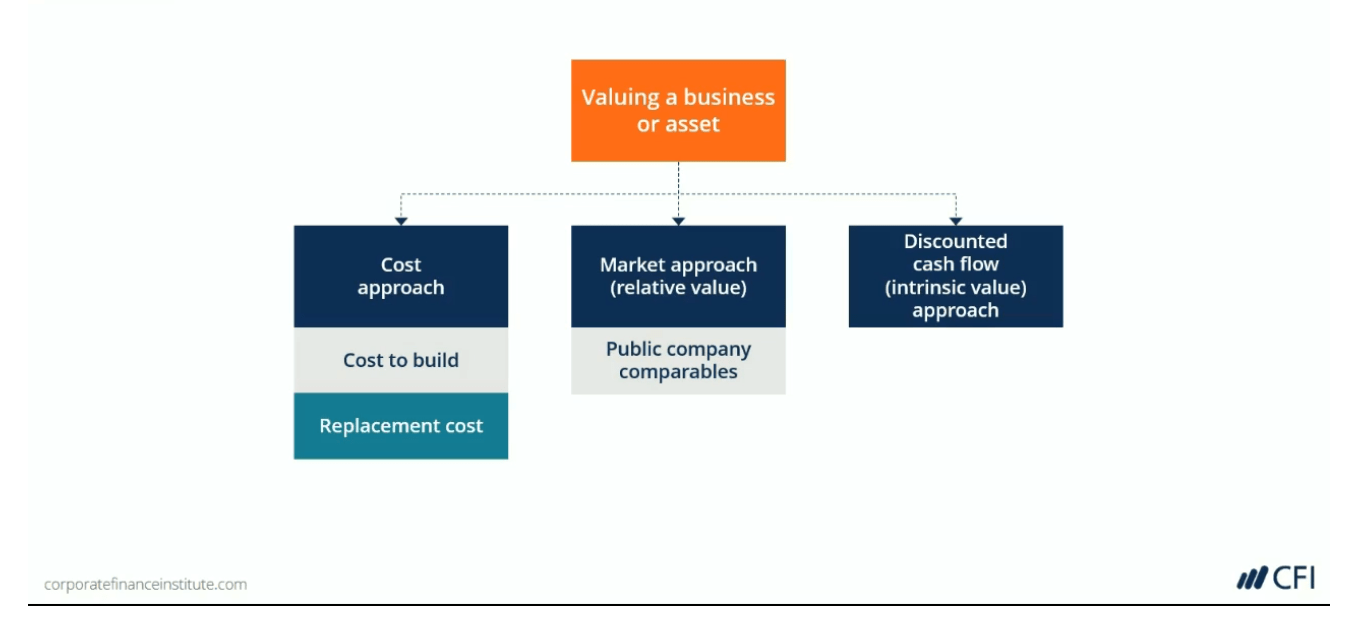Fair Value
The actual value of a product, stock, or security that is agreed upon by both the seller and the buyer
What is Fair Value?
Fair value refers to the actual value of an asset – a product, stock, or security – that is agreed upon by both the seller and the buyer. Fair value is applicable to a product that is sold or traded in the market where it belongs or under normal conditions – and not to one that is being liquidated. It is determined in order to come up with an amount or value that is fair to the buyer without putting the seller on the losing end.

For example, Company A sells its stocks to company B at $30 per share. Company B’s owner thinks he could sell the stock at $50 per share once he acquires it and so decides to buy a million shares at the original price. Despite the large profit potential for Company B, the sale is considered fair value because the price was agreed by both sides and they both benefit from the sale.
Fair Value vs. Carrying Value
Fair value and carrying value are two different things. Consider the following:
- Fair value is the actual selling value of an asset that is agreed to be paid by the buyer as set by the seller. Both parties benefit from the sale. Calculating the fair value involves analyzing profit margins, future growth rates, and risk factors.
- Carrying value is also called book value, which refers to the amount or value of an asset as it appears on the balance sheet. It is determined by deducting the accumulated depreciation of the asset, as well as the impairment expenses, from the original price as indicated on the balance sheet.
- Carrying value reflects not the original purchasing price of the asset but its actual value after a number of years.
To illustrate, let’s say Company A, a construction company, bought a backhoe for its operations at $30,000. Assuming it will last for 10 years, with a depreciation expense of $2,000 for each year, then its carrying value would already be $10,000.
Carrying Value = $30,000 – ($2,000 x 10) = $10,0000
To learn more, check out CFI’s Business Valuation Modeling course.
Fair Value vs. Market Value
Market value is also different from fair value in the following points:
- Market value fluctuates more than fair value.
- It may be based on the most recent pricing or quotation of an asset. For example, if during the last three months, the value of a share in Company A was $30 and during the most recent evaluation, it went down to $20, then its market value is $20.
- Market value is dependent on supply and demand in the market where the asset is bought and sold. For example, a house that is to be sold will see its price determined by existing market conditions in the local area.
If the owner tries to sell a property for $200,000 during a low time in the real estate market, then it might not get sold because the demand is low. But if it is offered for $500,000 during a high time, it may get sold at that price.

Advantages of Fair Value Accounting
Fair value accounting measures the actual or estimated value of an asset. It is one of the most commonly used financial accounting methods because of its advantages, which include:
1. Accuracy of valuation
With fair value accounting, valuations are more accurate, such that the valuations can follow when prices go up or down.
2. True measure of income
With fair value accounting, it is total asset value that reflects the actual income of a company. It doesn’t rely on a report of profits and losses but instead just looks at actual value.
3. Adaptable to different types of assets
Such a method is able to make valuations across all types of assets, which is better than using historical cost value, which may change through time.
4. Helps businesses survive
Fair value accounting helps businesses survive during a financially difficult time because it allows asset reduction (or the act of declaring that the value of an asset that is included in a sale was overestimated).
To learn more, check out CFI’s Business Valuation Modeling course.
More Resources
Thank you for reading CFI’s guide to Fair Value. To keep learning and developing your knowledge of financial analysis, we highly recommend the additional CFI resources below:
Accounting Crash Courses
Learn accounting fundamentals and how to read financial statements with CFI’s online accounting classes.
These courses will give you the confidence to perform world-class financial analyst work. Start now!
Boost your confidence and master accounting skills effortlessly with CFI’s expert-led courses! Choose CFI for unparalleled industry expertise and hands-on learning that prepares you for real-world success.
